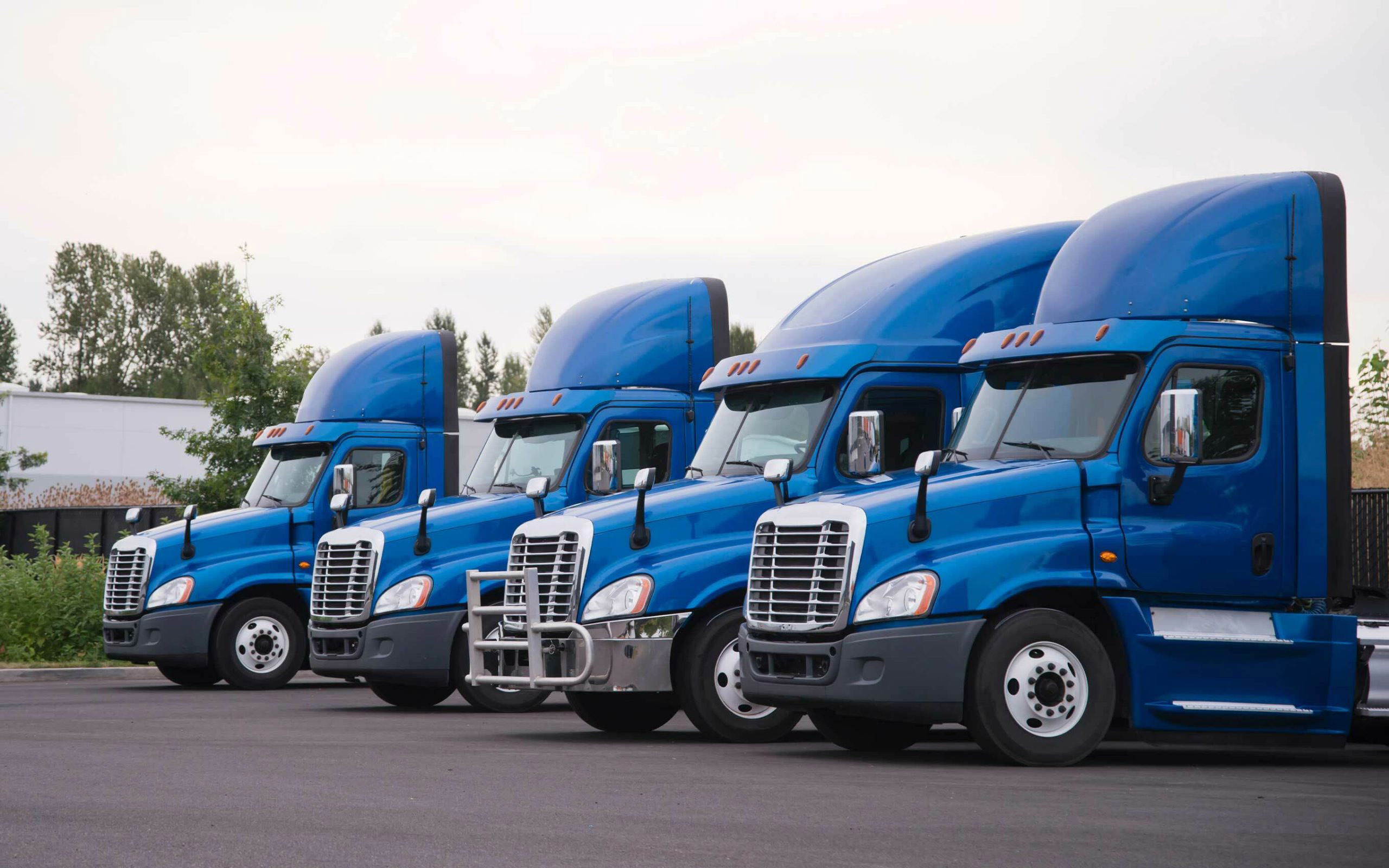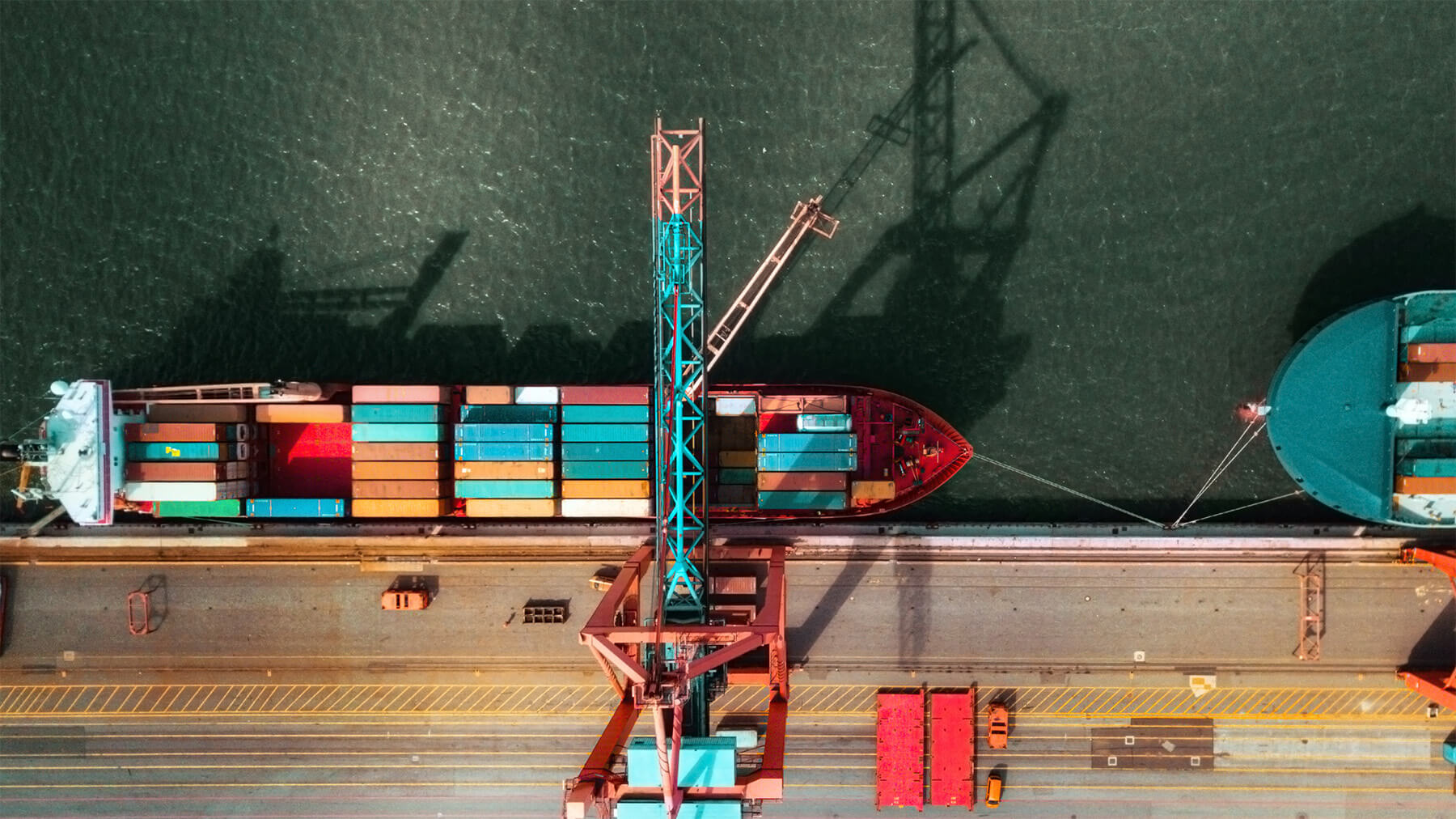Transportation has never been more challenging or more in the spotlight. This focus has created a plethora of opportunities both on the business and technology side. But none more than the opportunity to exploit the transportation data we’ve collected; and the power analytics provide when unleashed on this data.
That said, many companies still lack the proper insights to drive the organization. Having a lot of data in a data lake or data ocean isn’t enough. A lot of data doesn’t always mean “great” data and many companies find themselves drowning in these “oceans” of data. The data collected is often incomplete or inaccurate which leads to overall low data quality. In many cases this results in a lack of insights to drive intelligent decisions or possible process automation through the data.
We have always had data and we have always chased insights. What is different now is the volume of data we have available at our fingertips and the technologies we can apply to that data. The total amount of data created, captured, copied, and consumed globally is forecasted to increase rapidly, reaching 181 zettabytes by the end of 2025. Transportation is a big contributor to the creation of this data volume through telematics, GPS, connected devices and connected vehicles and other sensors.
But while we have lots of real data available, it doesn’t always provide all the inputs we need to make the right decisions. See Synthetic data, a class of data that is artificially generated. Synthetic data has been around for years, but it’s often seen as a lower-quality substitute, useful only in certain situations where real data is inconvenient to get, expensive, or constrained by regulation. But the reality is that this conventional wisdom completely misses the TRUE potential of synthetic data: FAR from fake, an afterthought, or a necessity due to privacy regulations, the fact is that you won’t be able to build high-quality, high-value AI models WITHOUT synthetic data. That is why Synthetic data is on a trajectory to go from a sideshow to the main force driving AI.
On top of this available data, we can apply technologies such as advanced analytics or Artificial Intelligence and Machine Learning. Leveraging big data provided by the internet of things then applying analytics for transforming data to information and advanced insights, remains a top priority for supply chain leaders.
But it isn’t just the supply chain companies that are betting big on analytics. The transportation industry has seen a steep increase in interest in analytics. In Gartner’s 2023 CIO and Technology Executive Survey, 59 percent of the transportation respondents ranked data analytics at the top of technologies getting more investment in 2023 compared with 2022.
Organizations increasingly face major disruptions that significantly impact their supply chain operations. Port strikes, warehouse labor shortages, inflation, lower and more unpredictable consumer demand, higher inventories, and increased fuel costs are just some of the disruptions that have affected supply chains recently.
Through the use of advanced analytics, organizations are leveraging analytical insights to sense the disruption, comprehend its magnitude and the impact on the supply chain, to then quickly and with a high degree of accuracy formulate a response.
Advanced analytics offers shippers many use cases including:
- Increased visibility. Companies need better and more proactive transparency to navigate through the many challenges across all modes of transportation on a global basis.
- Better procurement. Insights into a company’s freight spend, rate benchmarks and insight into quality and availability of capacity are core components to make the right procurement decisions.
- Improved sustainability. Transportation is still a major contributor to Greenhouse Gas Emissions. To improve a company’s GHG Emissions you need to start measuring it and understand where and how they can decrease their emissions.
- Improved collaboration. By analyzing multiple shippers’ data in a connected platform, shippers can efficiently collaborate, improving load percentages and reducing empty miles and transportation costs.
The use of data through analytics is a key priority for all industries and for all partners in the ecosystem from the supplier, the shipper, the logistics service provider to the customer and even the end consumer.
The value of data is in the insights, yet data needs to be examined and cleaned. Without this high data quality, the insights provided will be undependable and will not provide the value supply chain leaders are seeking. This will only become more important as we move into prescriptive analytics and process automation.
You can learn more about project44’s analytics capabilities here.



